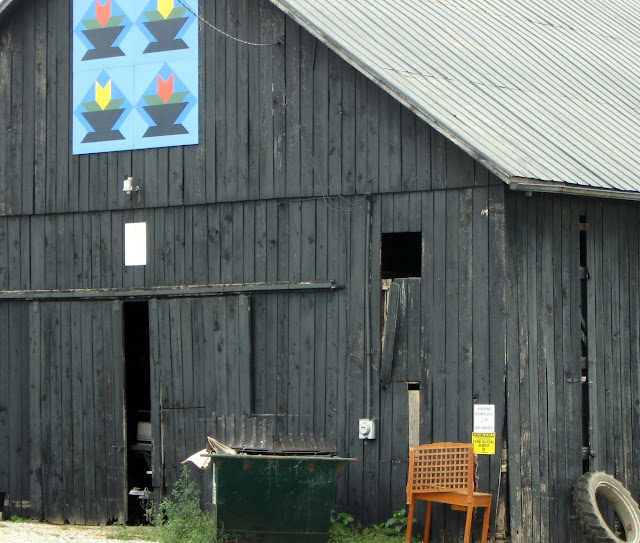Noticed this funky old mailbox along a road in Madison County, Kentucky. I thought it looked as if it had been homemade. The owner must be one that receives an abundance of mail as it was twice the size of a breadbox. Does anyone still remember the size of a breadbox?
It stood on a post that perhaps was a piece of old farm equipment? Together, mailbox and post, did present a unique mailbox.
I think I even saw a bullet hole in the side of the box. Target practice for the "bad boys." Why do some folks have to try and ruin something so full of meaning to the owner?











































